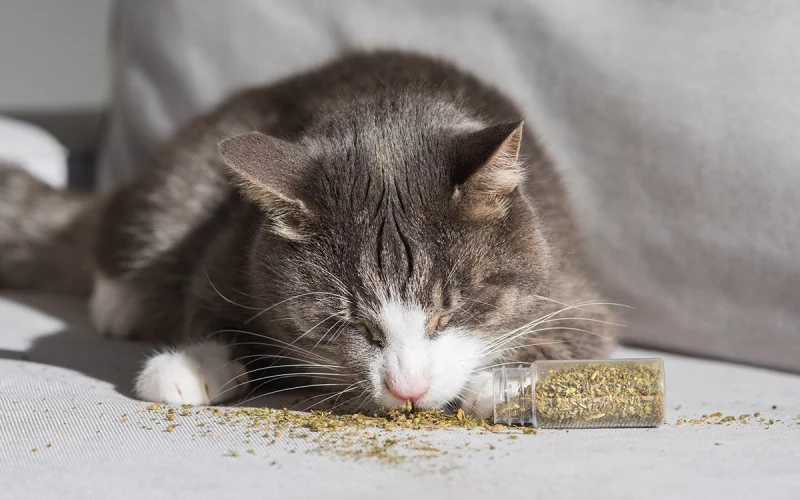Catnip: It’s like feline-friendly cannabis, giving your kitty a purrfectly pawsome high! Have you ever sprinkled some catnip on the floor and watched your cat go absolutely wild? In this guide, we’ll dive into the world of catnip, explore its many benefits, and even learn how to grow your own catnip plants!
What is Catnip, and Why Do Cats Love It?
Let’s start with the basics: catnip is a perennial herb from the mint family. It’s native to Europe, Asia, and Africa, but it’s now commonly found all around the world. The main reason our furry friends go bonkers for catnip is a chemical compound called nepetalactone. This compound acts like a feline pheromone, causing a wide range of reactions, from playfulness to downright euphoria.
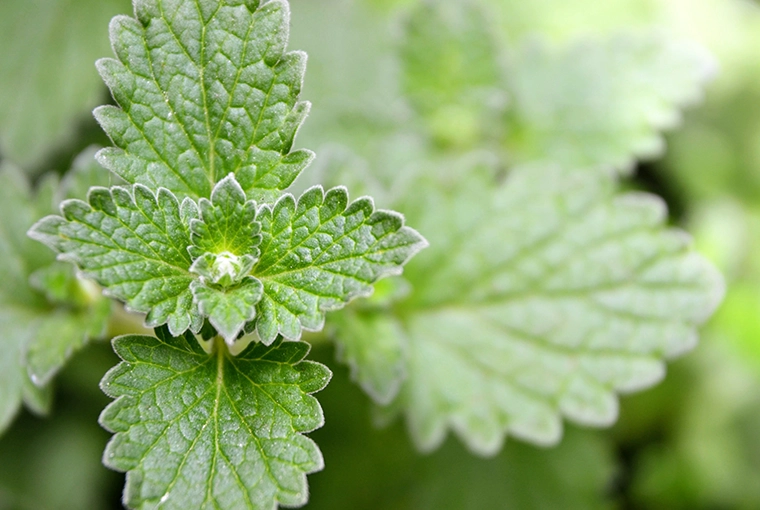
Catnip Health Benefits: More Than Just a Fun Time
While we mostly associate catnip with feline fun, it also offers a variety of benefits for our whiskered pals. For instance, catnip can act as a natural stress reliever, helping anxious or stressed-out cats feel more relaxed. It’s also great for stimulating play and exercise, which is especially important for indoor cats who might not get as much physical activity as they should.
Catnip: The Secret Weapon for Grooming and Bath Time
Have you ever struggled to get your feline friend to stay calm during grooming or bath time? Many cat owners face the same dilemma. Catnip can help your kitty feel more relaxed and at ease when it’s time for grooming or a bath. They might even follow you to the bathroom!
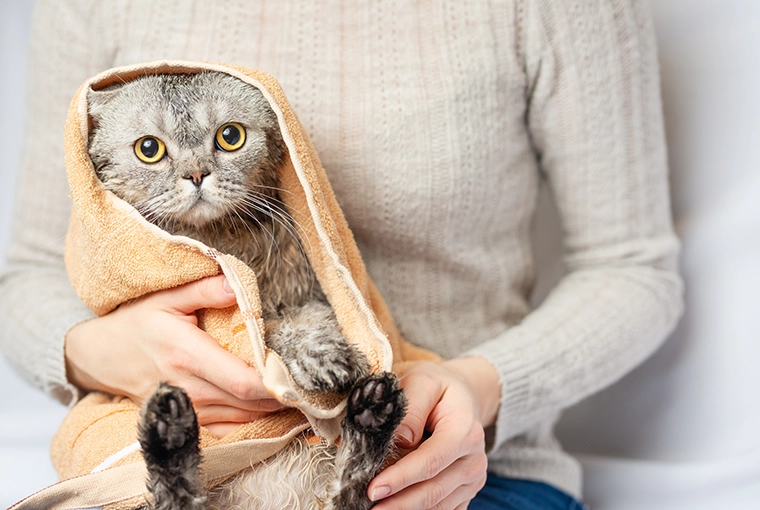
Incorporating catnip in your grooming sessions might also help with shedding by making your cat more relaxed and willing to be groomed. Regular grooming helps remove loose hair, which in turn reduces fur loss around your home.
Protip: Sprinkle a bit of dried catnip on a towel or toy near the grooming area, or in the bathtub before you start. The enticing scent will catch your cat’s attention and help them associate the activity with positive feelings. Simple catnip hacks could turn a potentially challenging situation into a more enjoyable and relaxed experience for both of you.
How Much Catnip Should I Give My Cat?
You might be wondering, “How much catnip is too much?” The good news is that catnip is non-toxic and safe for cats in moderation. However, overindulging could lead to an upset stomach or other mild side effects.
To avoid these issues, give your cat a small pinch of catnip and observe their reaction. If they seem to enjoy it without any negative effects, feel free to offer it to them once or twice a week for some feline fun!
So..Is Catnip Good or Bad for Cats?
As mentioned earlier, catnip is generally safe for cats in small doses, but be sure to test out a small amount on your cat first. However, there are also a few instances when it may not be a good idea to give your cat catnip.
For example, if your cat has a history of aggression, the stimulating effects of catnip might exacerbate their aggressive behavior. Additionally, if your cat is pregnant, it’s best to avoid catnip, as it can cause contractions.
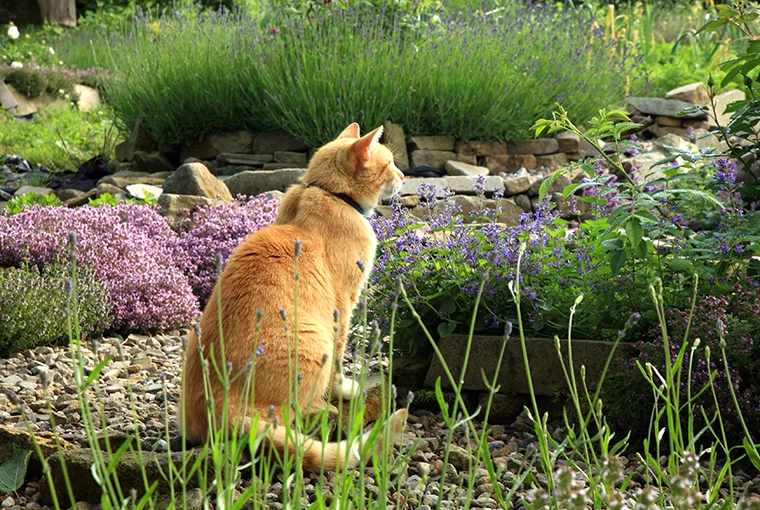
Catnip-Infused Goodies
Catnip comes in various forms, including leaves, sprays, and even infused toys. Dried catnip takes the crown for its convenience and concentrated effects, compared to the plant version, making it an easy and potent choice for endless feline amusement.
Catnip balls and toys are great for encouraging play, while catnip sprays can be used to freshen up your cat’s favorite spots. Experiment with different forms of catnip to find the best brand and type for your feline friend!
Growing Your Own Catnip
If you’re a green-thumbed cat lover, why not try growing your own catnip plants? Not only is it cost-effective, but it’s also a fun way to keep your kitty entertained. Cultivating catnip can additionally be a relaxing and rewarding hobby.
Home-grown catnip is fresher and may have a stronger aroma, is pesticide-free, and can help repel certain pests such as aphids and mosquitoes, providing a natural and chemical-free way to protect your garden.
Catnip vs. Catmint
Know the difference between catnip and its close relative, catmint! While both plants are from the mint family and have similar appearances, it’s the catnip plant (Nepeta cataria) that contains the magical nepetalactone that drives cats wild.
- Species: Catnip (Nepeta cataria) and catmint (Nepeta mussinii or Nepeta faassenii) are different species within the same genus, with distinct appearances and growth habits.
- Appearance: Catnip has heart-shaped leaves with a slightly fuzzy texture, while catmint leaves are more elongated, with a scalloped edge and a smoother surface. Additionally, catmint typically has denser flower clusters in shades of blue, purple, or white, while catnip produces smaller, white flowers, sometimes with a hint of lavender.
- Growth habit: Catnip tends to grow taller and more upright, reaching heights of up to 3 feet, while catmint is generally shorter and more compact, with a more sprawling growth habit.
- Attraction to cats: Catnip is well-known for its ability to induce a euphoric response in cats due to the presence of a compound called nepetalactone. While some cats may also show an interest in catmint, the effects are usually less pronounced than with catnip.
- Herbal and medicinal uses: Catnip has a longer history of use in herbal medicine, with traditional uses including treating digestive issues, anxiety, and insomnia. Catmint also has some medicinal properties, but its uses are typically more limited than those of catnip.
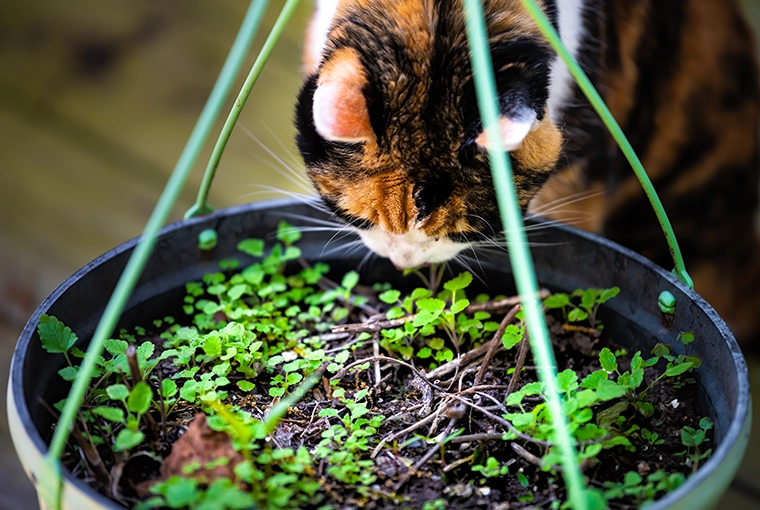
Green Paws & Whiskers: Your Own Catnip Wonderland!
Ready to start your catnip garden? Here are some quick tips to help you grow healthy, happy catnip plants:
- Choose a sunny spot: Catnip plants thrive in full sun, so pick a spot in your garden that gets plenty of sunlight.
- Prepare the soil: Catnip prefers well-draining soil with a slightly alkaline pH. Add some compost or organic matter to improve soil quality if needed.
- Plant the seeds: You can start catnip from seeds or seedlings. Plant seeds about 1/8 inch deep and 18-24 inches apart. If you’re using seedlings, plant them at the same distance apart.
- Water regularly: Keep the soil consistently moist, but not overly wet, as catnip plants don’t like soggy soil.
- Harvest the leaves: You can start harvesting catnip leaves once the plant is about 6-8 inches tall. Snip off the top leaves and flowers, but avoid taking more than 1/3 of the plant at a time. This will ensure your catnip plant continues to grow and thrive.
If you’re ready to embark on your catnip-growing journey, you’ll need to get your hands on some catnip seeds. These seeds are readily available at most gardening stores and online retailers. Before planting, give the seeds a good soak for 24 hours to help speed up germination.
Final Thoughts: Embrace the Catnip Craze!
Now that you know all about catnip, its benefits, and how to grow your own, it’s time to share the fun with your feline friends! Whether you’re using catnip to help your cat relax, encourage play, or just to see their adorable reactions, catnip is a fantastic addition to any cat owner’s toolkit. Just remember to use it in moderation and enjoy the catnip fun!

